Manna MomentGenesis 1:24-"And God said, "Let the earth bring forth living creatures according to their kinds-livestock and creeping things and beasts of the earth according to their kinds." And it was so." What day of creation do you think that the Lord God made the grasshoppers? It was on the sixth day of creation. he made all the creeping things on this day along with the animals and humans. Some species of grasshoppers change into locusts. The Lord used a plague or swarm of locusts in Egypt to destroy the rest of the crops that weren't destroyed from the previous plague of hail. Do you think that the grasshoppers and locust before Adam and Eve sinned would swarm and eat up entire crops? Or do you think that this phenomena is a result of the sin that entered the world when Adam and Eve disobeyed? Reviewing the Regions of the WorldI placed my large map on the floor and had the students 'swarm' like locusts across the world to the different continents and oceans. Read Aloud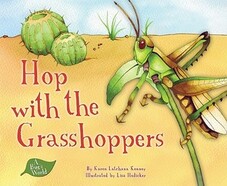 Hop with the Grasshoppers by Karen Latchana Kenney is a perfect book to read aloud. The pictures are very clear and the author is sure to point out all the wonderful aspects of grasshoppers from how they breathe, how they smell, how they stay safe, and how they reproduce. The text is not too lengthy but packed with information. grasshopper observation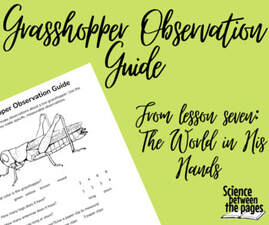 For my students to practice their observational skills, I brought in some grasshoppers in a terrarium. We did some preliminary observations orally. I asked, "Is the grasshopper hard or easy to see? What color is the grasshopper? What is the grasshopper doing? What parts of the grass hopper can you identify? Do you notice anything interesting? Using our observation sheet for grasshoppers, we were able to document what color the grasshoppers were, how many legs it has, what kind of antennae they have and see if we could tell if it was male or female. 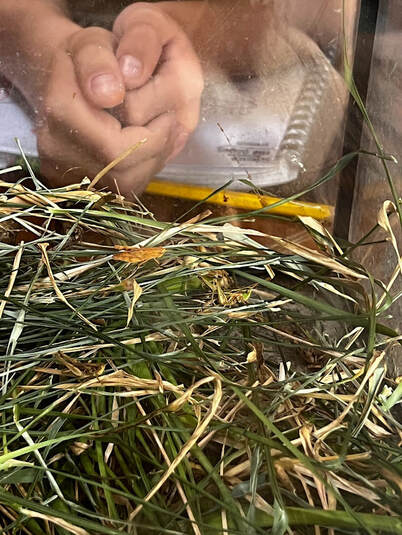 How many grasshoppers can you see in this picture? Their camouflage is amazing!! 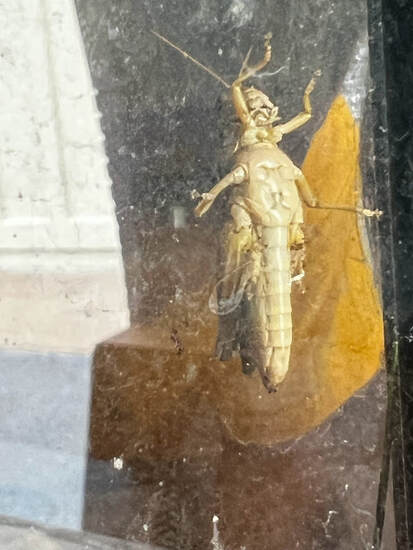 This is a great picture of the head, thorax, and abdomen of the grasshopper. This is also a good picture that shows if it is a male or female grasshopper. Can you tell if it is a male or female? A female's abdomen will be longer, more pointed with an ovipositor at the end (four pointed tip). A male's abdomen is rounder and shorter than a females. So in this picture, this grasshopper is a female. Can you see the ovipositor? compound eye observation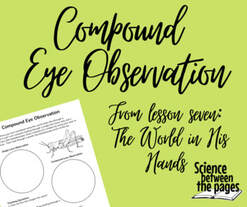 We had learned from the read aloud book that grasshoppers have compound eyes to be able to identify predators that might be coming to eat them from behind or the side. Humans have one lens and takes in an image all at once. A grasshopper compound eye has thousands of lenses and they take in pieces of an image per lens. This allows them to detect fast moving predators quickly. Have you ever wondered what the world looks like through a grasshopper's eye? I gave each student a plastic kaleidoscope for them to look through and observe a toy. They were to make their observations and draw them on their Compound Eye Observation sheet.
grasshopper popper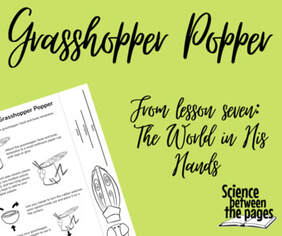 Next, we made a model of a grasshopper using these little rubber poppers as the base. Here is the template to make all the pieces for the grasshopper popper. You would need the 3oz. bathroom cups to create your grasshopper on. step by step instructions for the grasshopper popperOne of my classes didn't get to make these in class, so I gave them a baggie with the materials to make at home. Here are the step by step instructions on how to make these: 1. Cut out the strip from the Grasshopper Popper page in your student guidebook. 2. Color the grasshopper any color they want. 3. Cut the chenille stems to the appropriate lengths: 4 short, 2 medium, and 2 long using the other half of the cut strip as a template. (Already cut if you received a baggie from me during class) 4. Cut out the grasshopper head and poke little holes where the antennae will be. 5. Poke 8 wholes in a plastic 3 oz bathroom cup; 2 for the antennae, 6 for the legs. 6. Place the 2 medium chenille stems where the antennae would go and thread the grasshopper head onto the chenille stems. Secure the grasshopper head with a piece of tape on the back. 7. Place the 4 short chenille stems in the front for the four front legs of the grasshopper and then use the long chenille stems to make the jumping legs. Bonus: Grasshopper anatomy
0 Comments
Leave a Reply. |
LEAD LEARNERWelcome! My name is Nicole Fleming and I have been leading science learning in the Bryan/College Station homeschool community for over 10 years. Archives
November 2022
Categories |
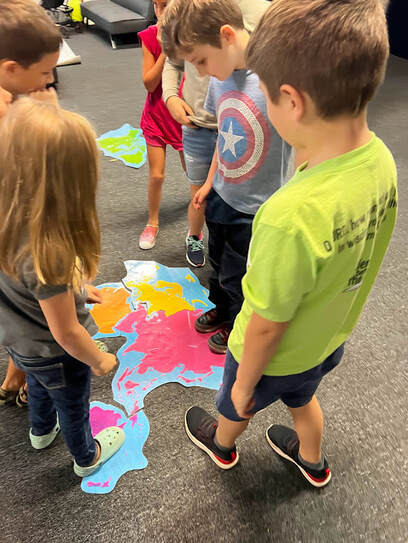
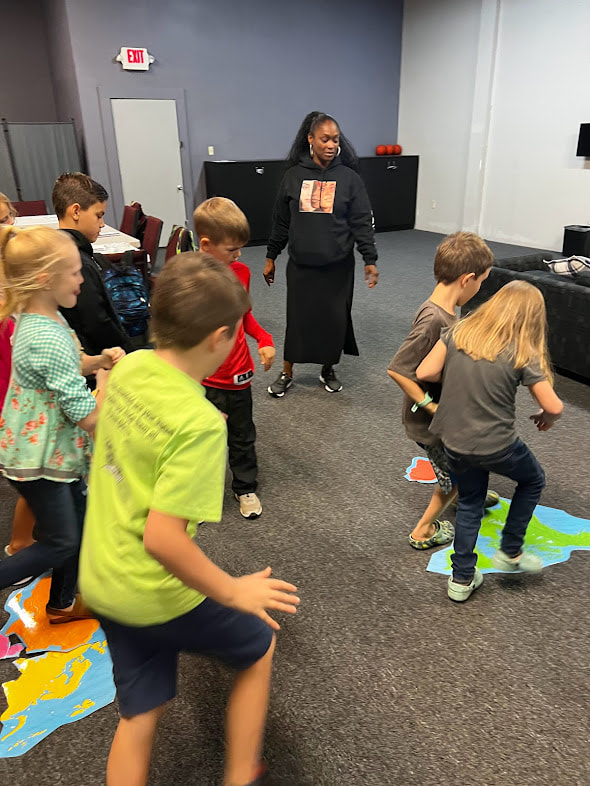
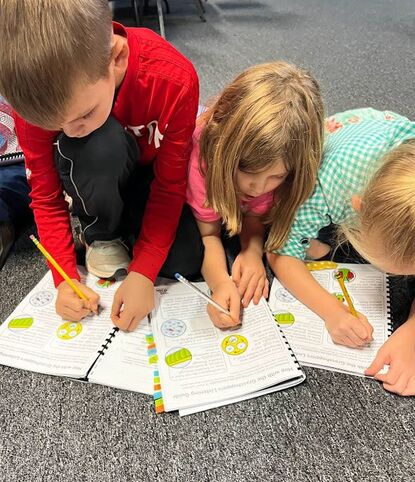
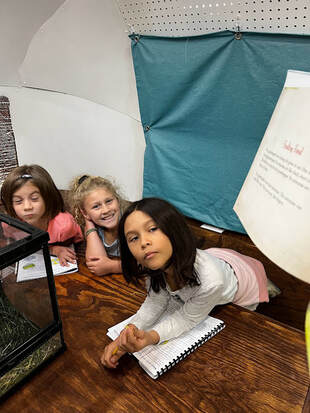
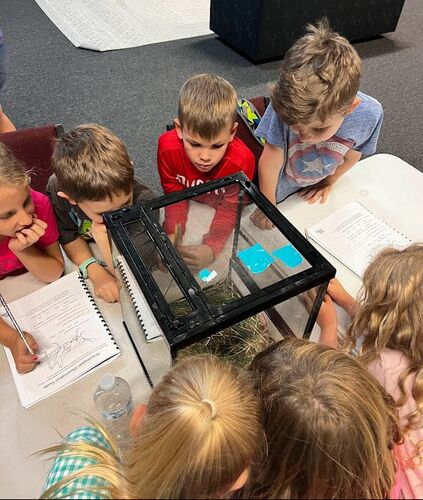
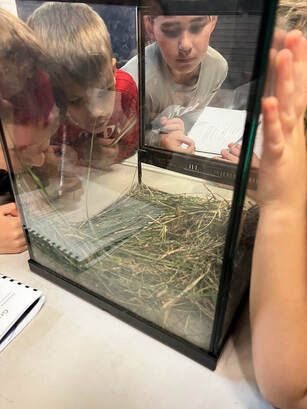
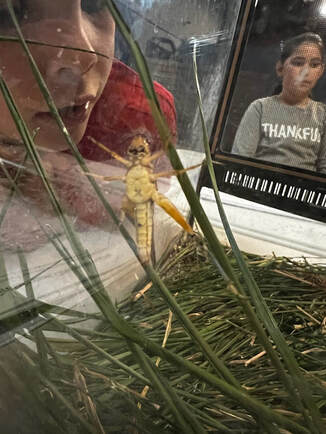
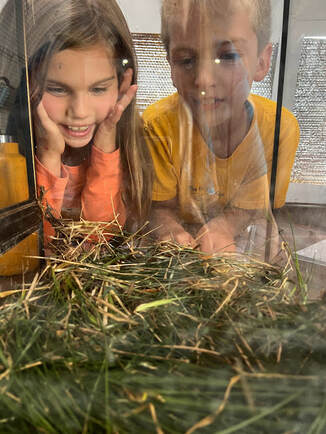
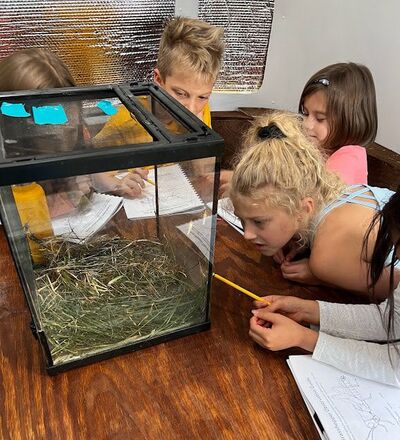
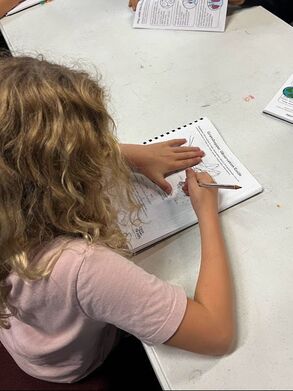
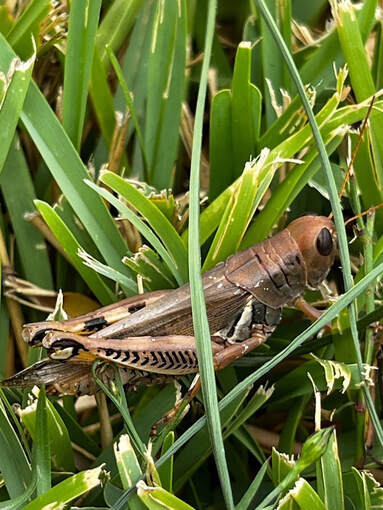
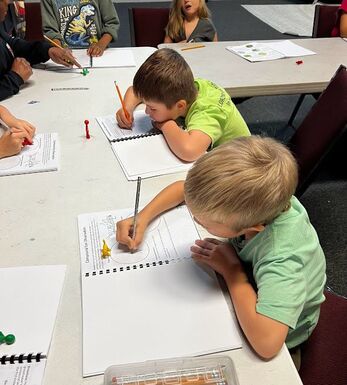
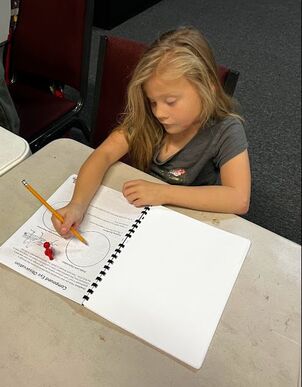
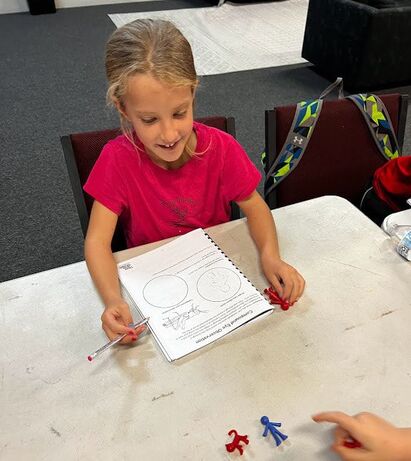
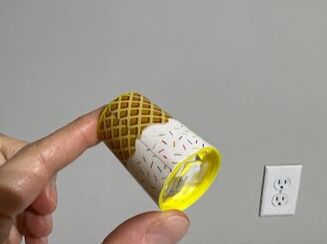
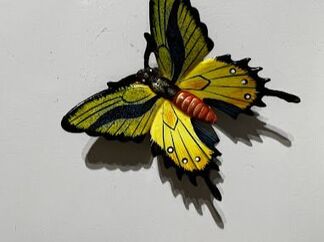
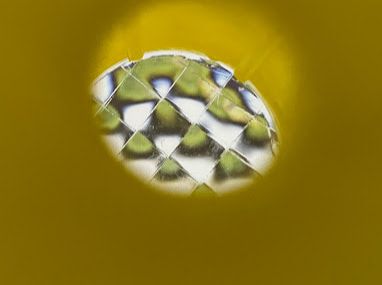
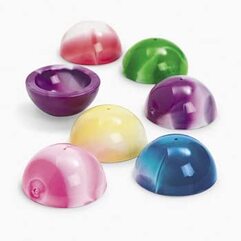
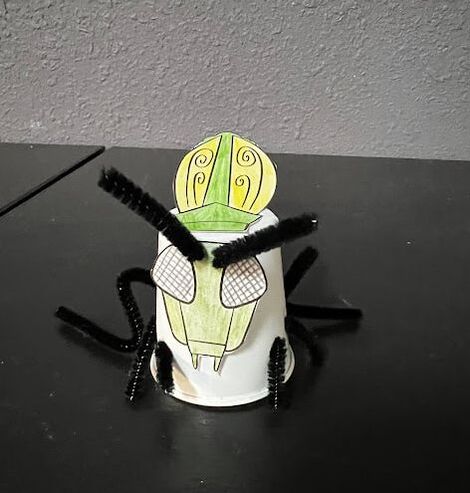
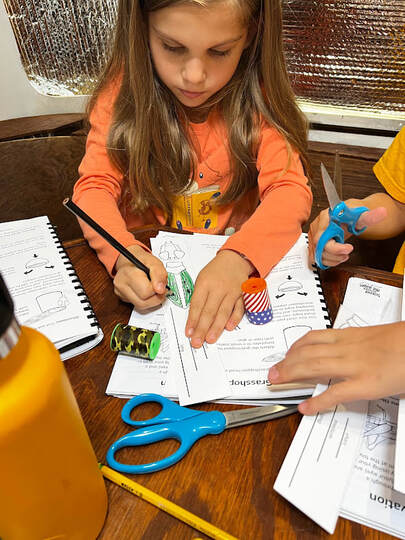
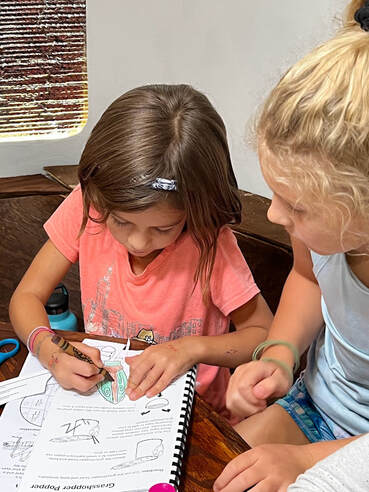
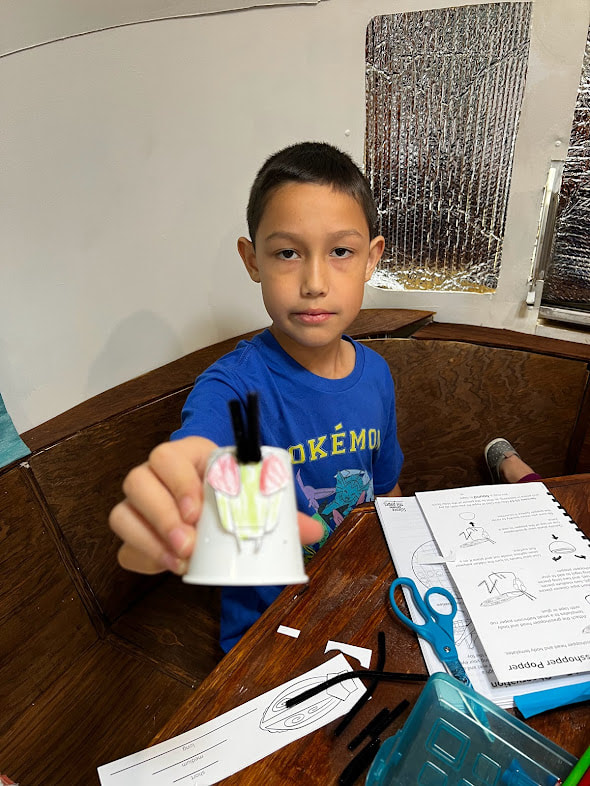
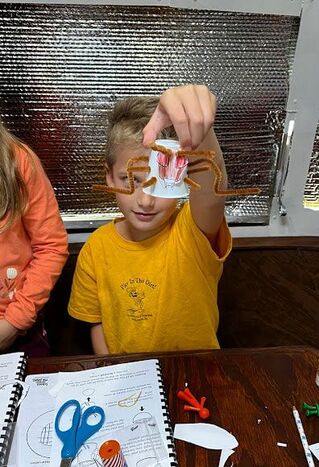
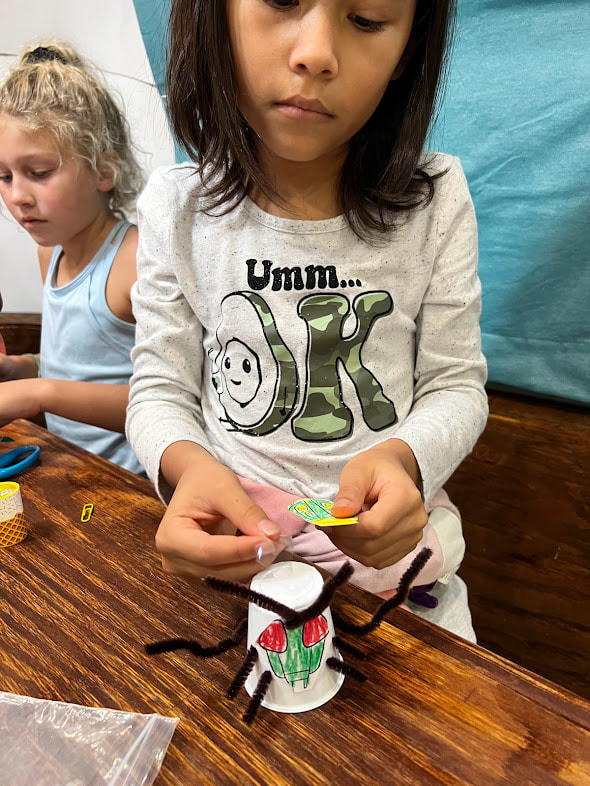
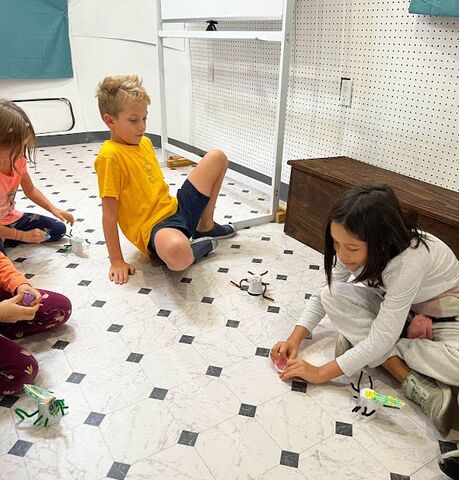
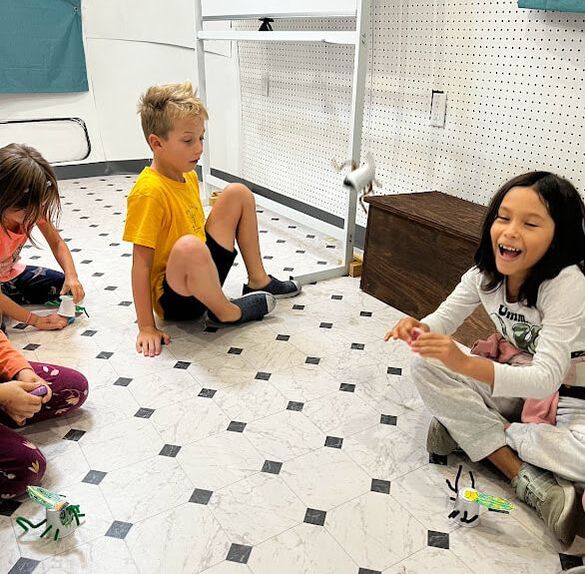
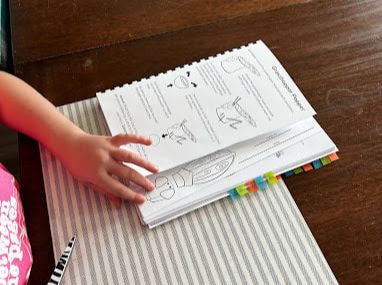
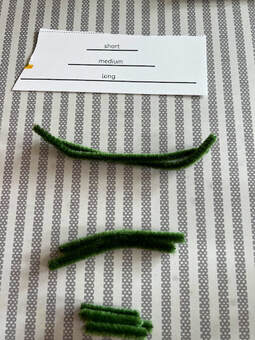
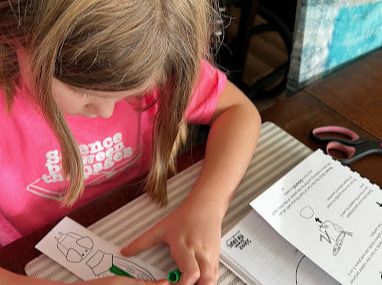
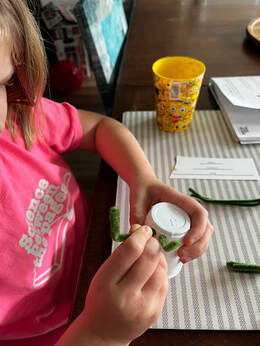
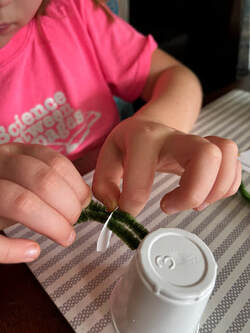
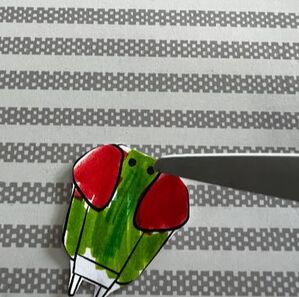
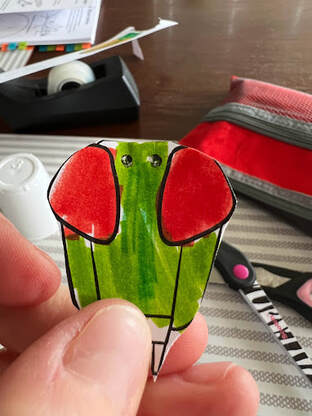
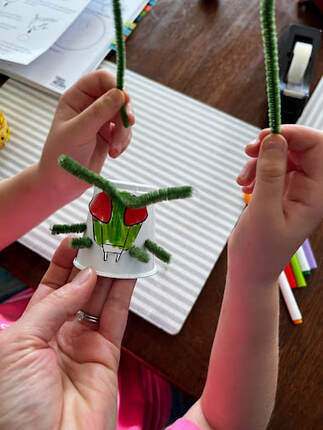
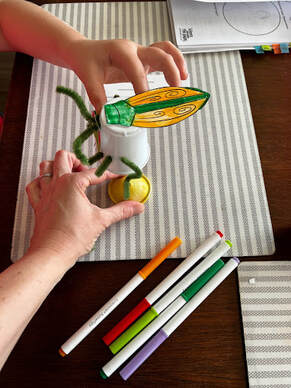
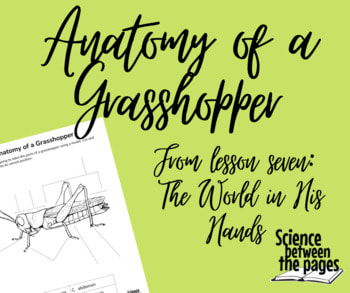
 RSS Feed
RSS Feed